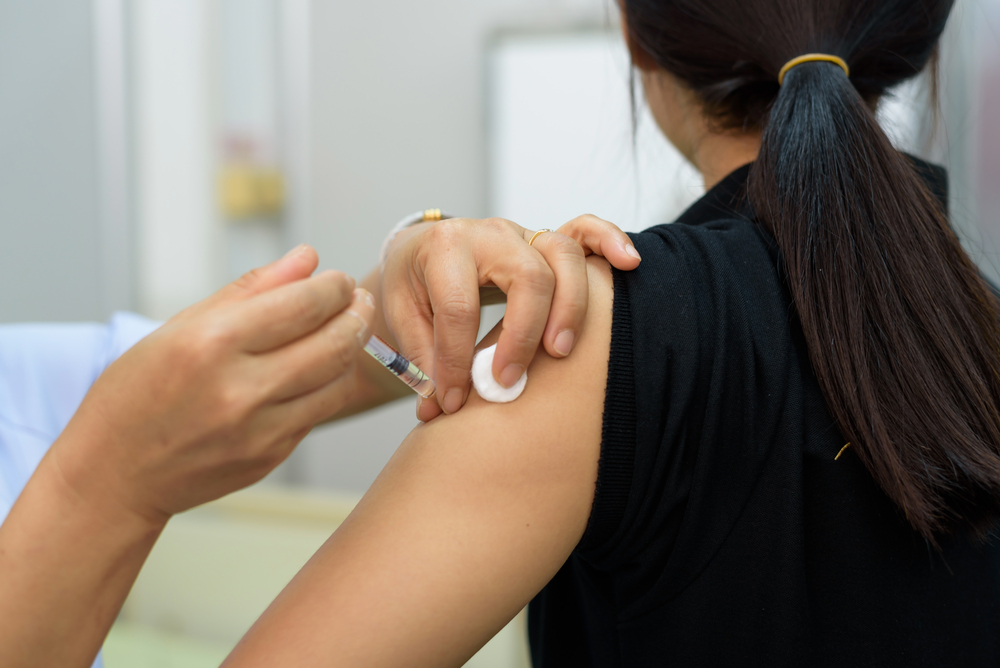HPV and Its Link to Cancers: Key Facts and Prevention Strategies
This article explains the link between HPV and various cancers, emphasizing transmission, risks, symptoms, and prevention methods. It highlights the importance of vaccination and early diagnosis to reduce health risks associated with persistent HPV infections, especially high-risk strains like HPV-16 and HPV-18. Understanding the types of HPV-related cancers and available treatments can help individuals take proactive steps in safeguarding their health.

HPV and Its Link to Cancers: Key Facts and Prevention Strategies
Human papillomavirus (HPV) spreads through skin contact, making it the most common sexually transmitted infection worldwide, with over 150 different types identified. Many infected individuals experience no symptoms, but certain strains cause skin warts or pre-cancerous changes that can develop into cancer if untreated. While most infections clear on their own, persistent high-risk HPV strains can lead to serious health complications, including various types of cancer.
HPV transmission typically occurs during oral, anal, or vaginal sex. In women, genital HPV infections can cause abnormal growths inside or outside the vagina, while in men, it can affect the penis and anal areas. High-risk strains like HPV-16 and HPV-18 are strongly associated with cancer development, whereas low-risk types such as HPV 6 and 11 usually cause benign warts.
Most people with healthy immune systems clear HPV infections naturally. However, ongoing infection with high-risk strains can cause cellular changes and lead to precancerous lesions or true cancers.
Cancers Associated with HPV
Oral Cancers may develop in the mouth, tongue, or throat regions—including tonsils and voice box. Changes in sexual behavior can increase risk in both genders.
Cervical Cancer remains the most prevalent HPV-related cancer, with about 70% linked to HPV-16 and HPV-18. Smoking can further raise the risk by weakening immune defenses.
Prevention and Treatment includes vaccines that greatly reduce the likelihood of harboring HPV-related cancers, although they do not treat existing infections. For diagnosed precancerous lesions or warts, treatments include:
Freezing treatments (cryotherapy)
Surgical removal of abnormal tissue
Medicinal creams for genital warts
Electrosurgery to remove abnormal growths
Prompt medical advice is vital if symptoms appear, to prevent progression to more serious conditions.

